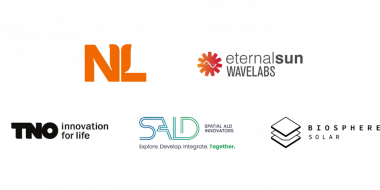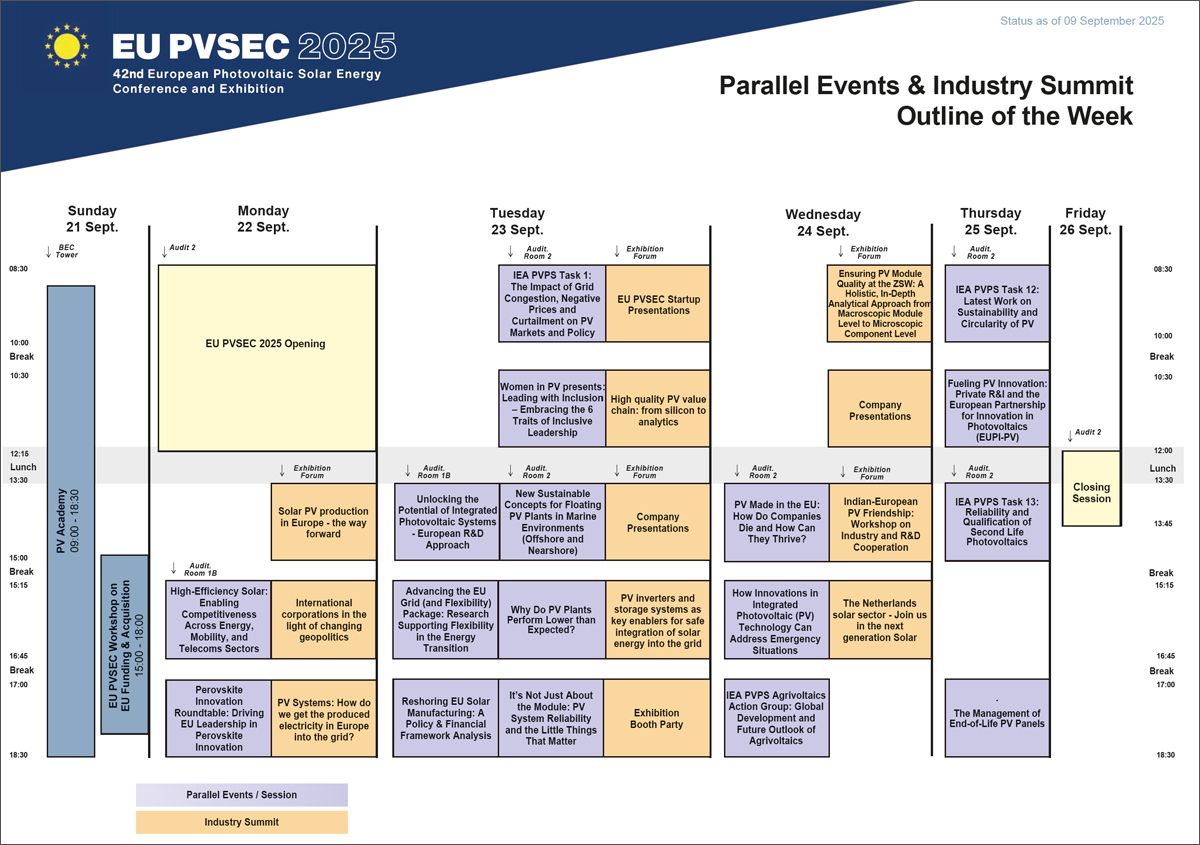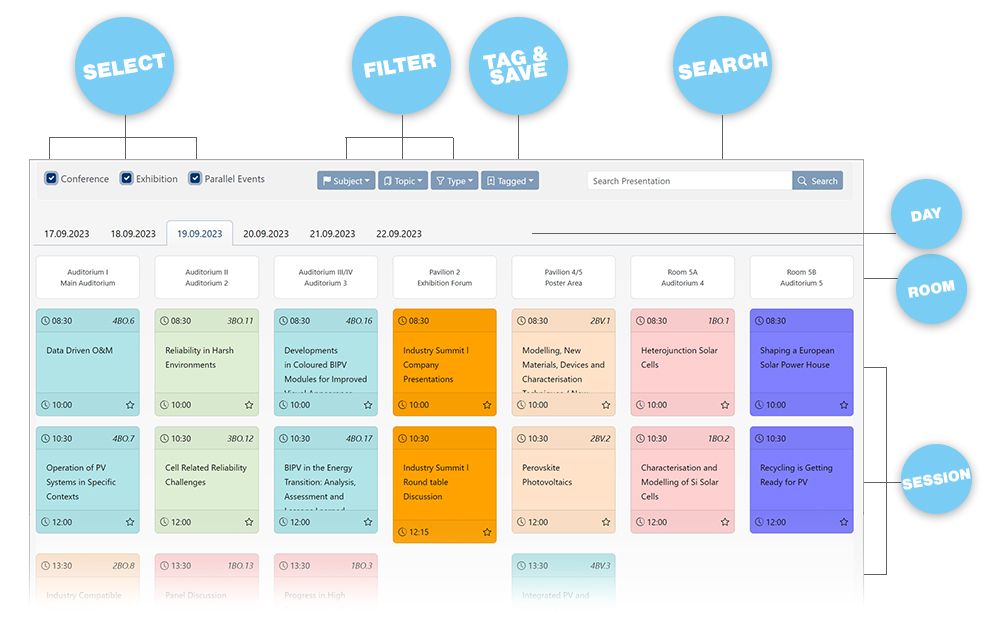INDUSTRY SUMMIT PROGRAMME
In addition to the scientific conference, the Industry Summit enhances the programme by bringing together a series of sessions relevant to the industry. It covers company presentations, roundtable discussions and presentations on the latest developments in the industrial sector.
Overview on Indsutry Summit 2025
Are you curious about what else is happening at the 42nd EU PVSEC besides the numerous scientific conference sessions? Check out the short descriptions of the Industry Summit sessions below, taking place at the Exhibition Forum. For the further information regarding the presentations and speaker, please visit the interactive programme planner here.
Opening Industry Summit – Solar PV production in Europe – the way forward
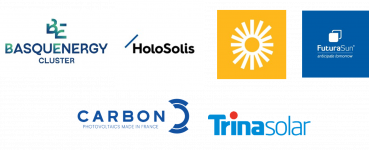
Photovoltaic (PV) production is surging in countries around the globe – India, the US and Türkiye – establishing gigawatt-scale manufacturing of modules and materials. Europe’s political ambitions are also high. What is the state of play in Europe? Despite established producers facing challenges, new companies dedicated to module production are being launched across the EU, often in collaboration with Chinese partners. This session will explore how module production in the EU can expand to a multi-gigawatt capacity through the adoption of innovative technologies and the backing of EU and regional government initiatives. It will also investigate how module manufacturing can support the production of cells, ingot and wafer, as well as the further ecosystem like equipment manufacturers.
Industry Summit – International corporations in the light of changing geopolitics
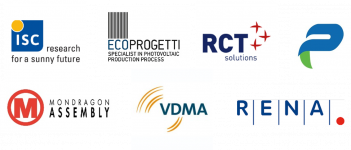
In this industry summit session, we will explore collaboration opportunities with international manufacturing experts, with a focus on key markets including China, India, the United States, Europe, and the Middle East. India, in particular, has emerged as the largest gigawatt-scale production market outside of China, expanding beyond module assembly into cell manufacturing. The country aims to establish 100 gigawatts of cell production capacity by 2027. One of the central challenges for the Indian market is the sourcing of production equipment and machinery. Equipment choices are primarily driven by manufacturers' preferences for technically robust solutions that balance cost with factors like high yield, throughput, machine uptime, operational efficiency, and reliable customer support. While Chinese turnkey lines remain widely available, some Indian companies are opting for European solutions. Major partnerships are currently developing between German/European and Indian companies for the advancement of PV manufacturing. In this context, the EU PVSEC provides a strategic platform for R&D centres, equipment suppliers, manufacturers to engage, network, and foster deeper cooperation.
Industry Summit – PV Systems: how do we get the produced electricity in Europe into the grid?

The photovoltaic (PV) market is projected to reach an impressive 1TW by 2027. A critical challenge facing this rapid energy transition is effectively integrating the generated electricity into the grid. In the coming years, both energy storage solutions and hydrogen production will be pivotal in addressing this issue. Successfully implementing these technologies could lead to significant advancements in electricity production costs, with projections suggesting that prices could drop to as low as 2 cents per kilowatt-hour (ct/kWh). Achieving such cost efficiencies would not only bolster the viability of PV production in the European Union but also contribute to a more sustainable and affordable energy landscape. This transition underscores the importance of innovative solutions and collaboration across industries to realise the full potential of renewable energy sources in the region.
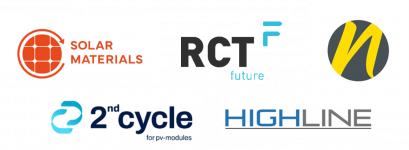

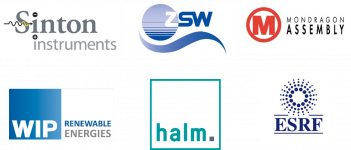
PV inverters and storage systems as key enablers for safe integration of solar energy into the grid
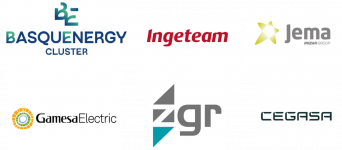
Discussion on the challenges and opportunities that will drive the future of the PV inverter and storage systems sector in Europe, in a context where they have become key components not only to maximize plant efficiency, but also to ensure their safe integration into the grid, while facing intense global competition from China.
Ensuring PV module quality at the ZSW: a holistic, in-depth analytical approach from macroscopic module level to microscopic component level
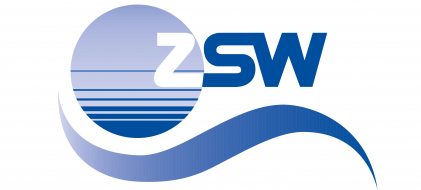
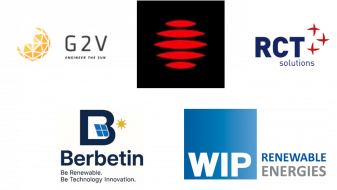
Indian–European PV friendship: workshop on industry and R&D cooperation

The Netherlands solar sector – join us in the next generation solar
